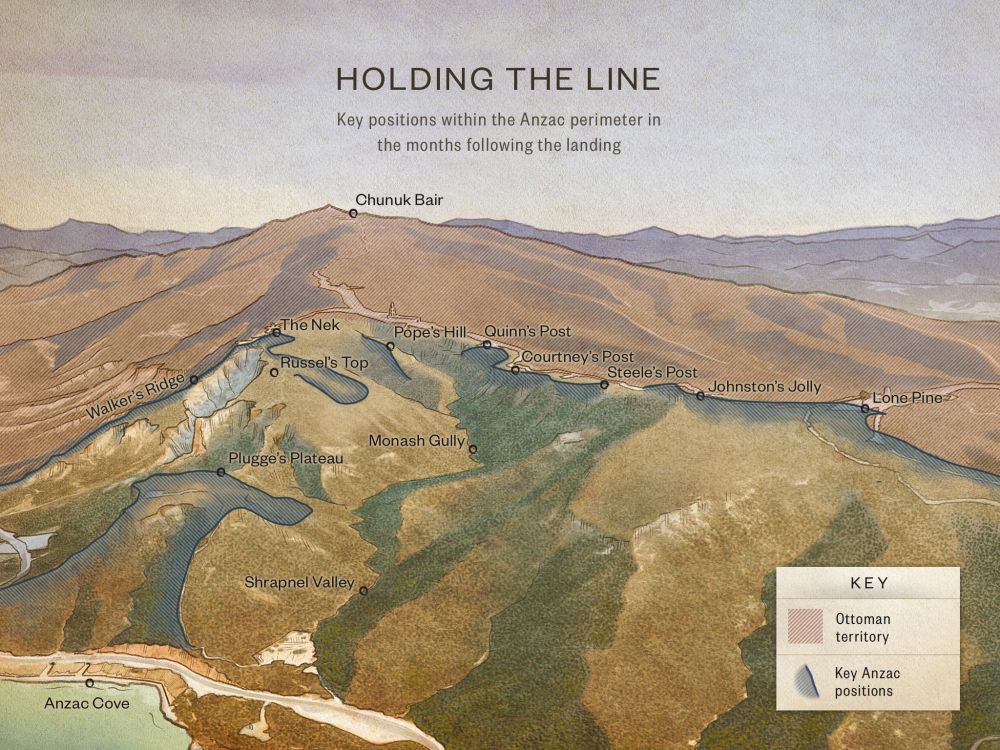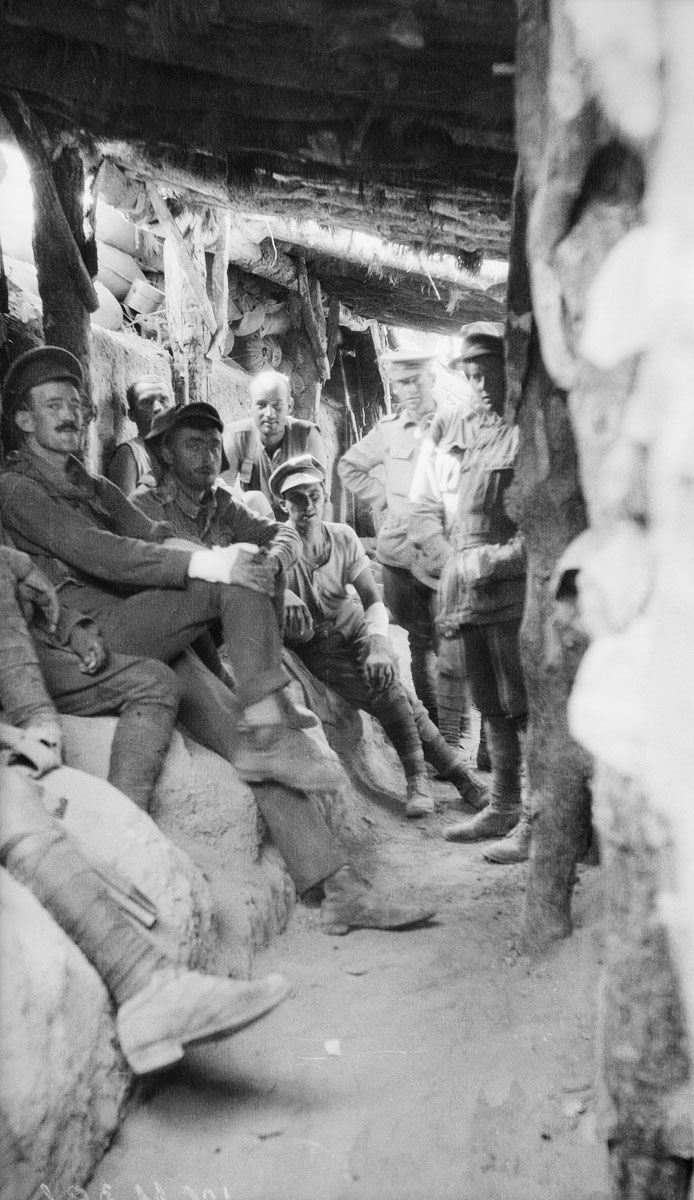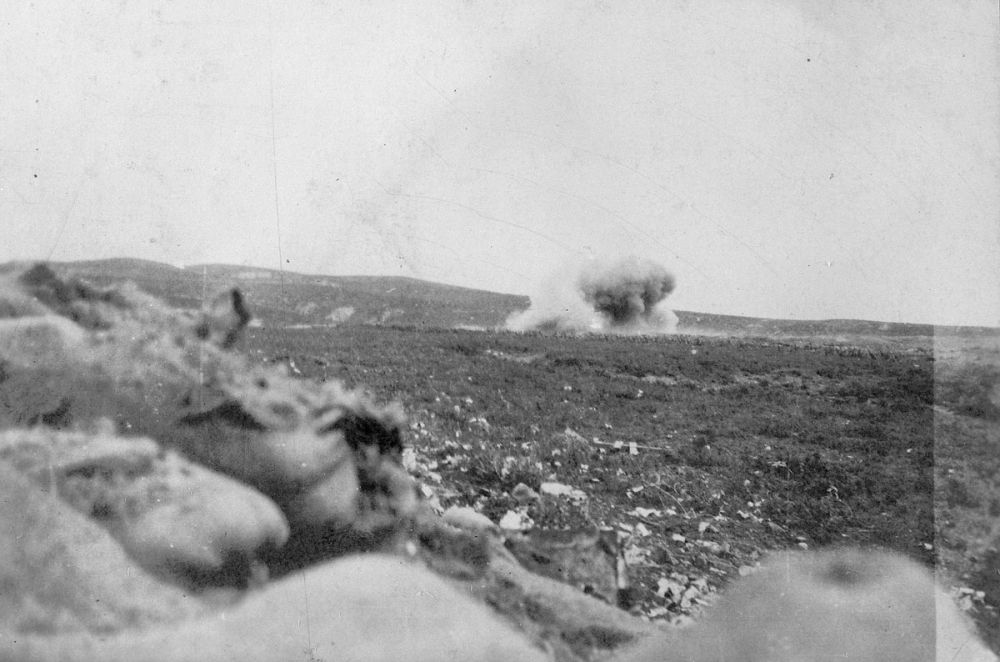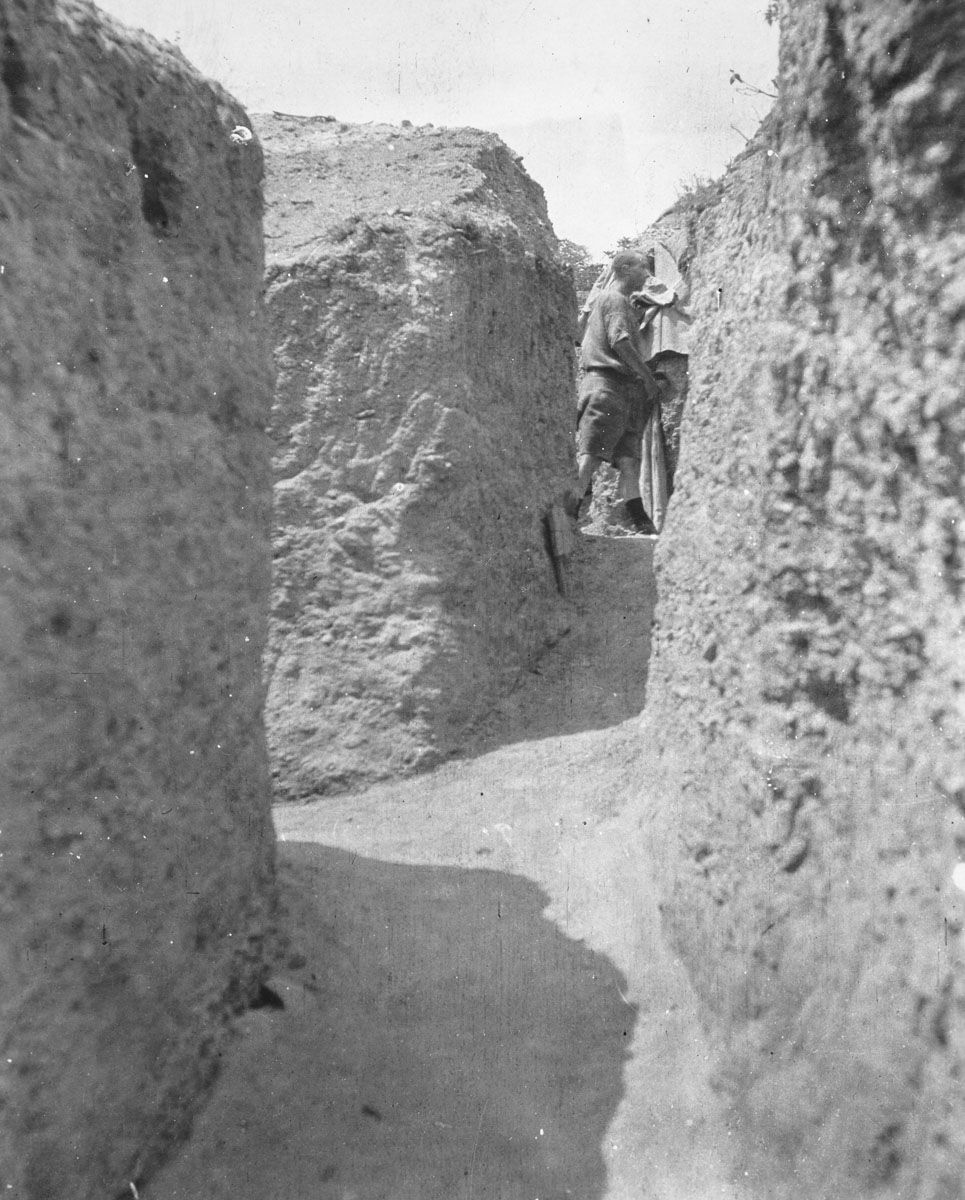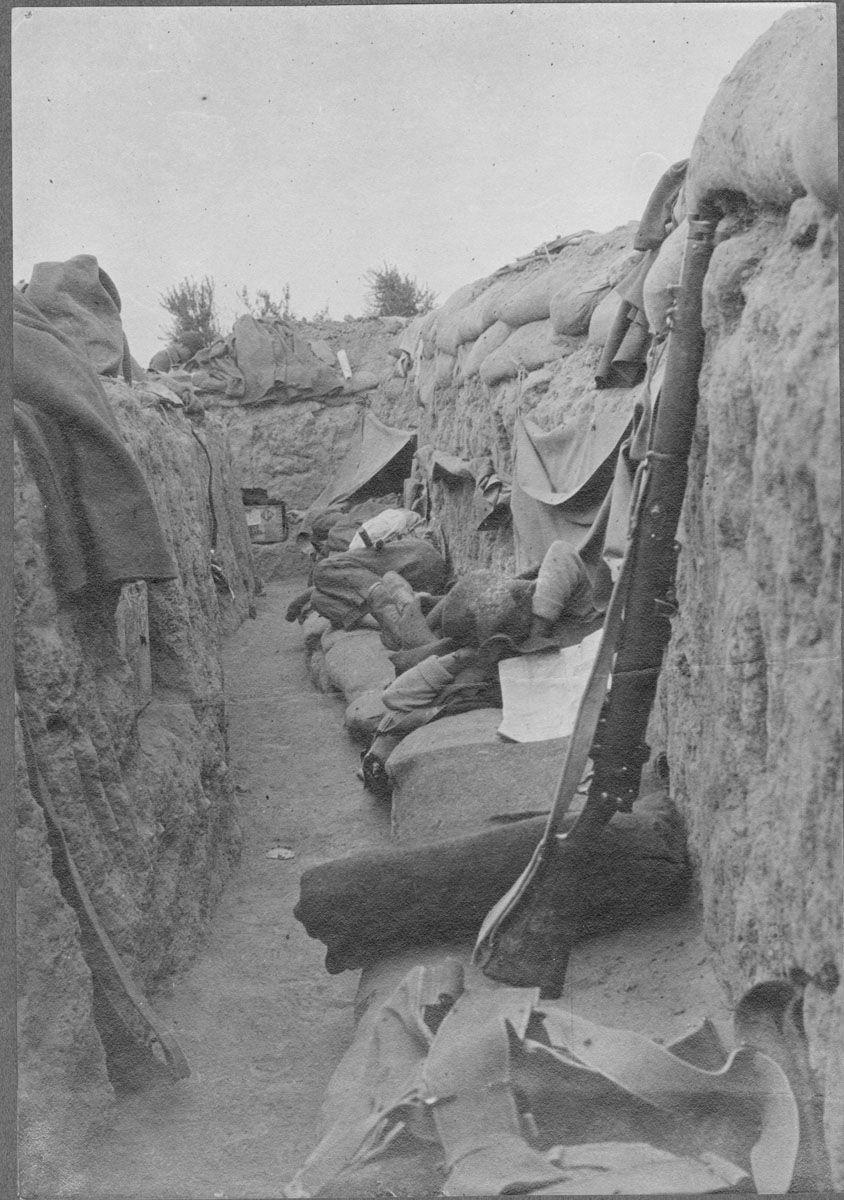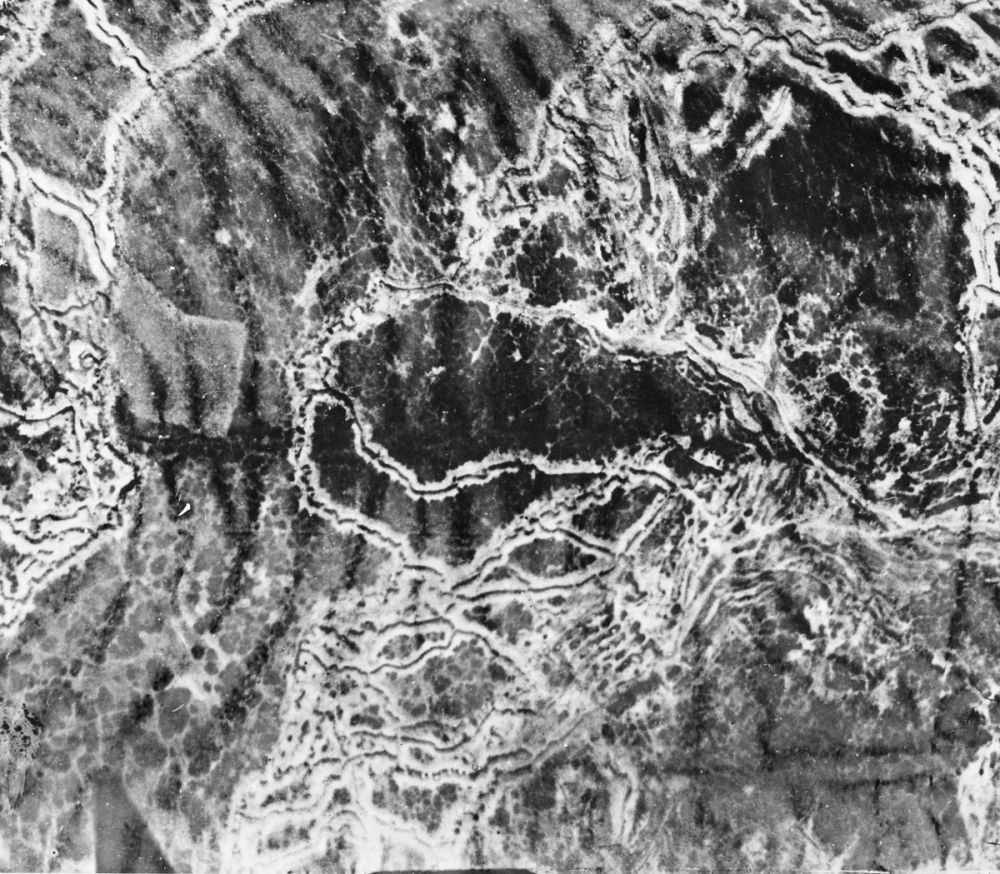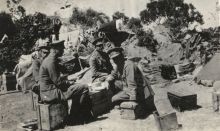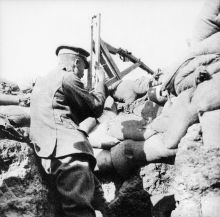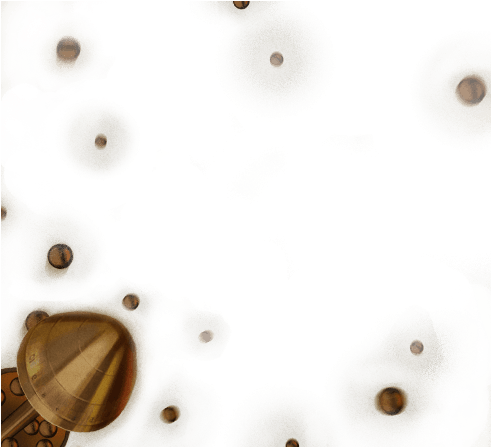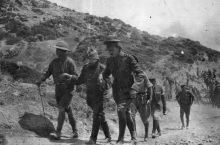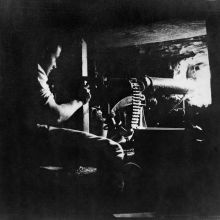Johnston’s Jolly
You are immediately north of Lone Pine and the Lone Pine Cemetery. This area has some of the best-preserved trenches of the Anzac frontline. It gives you a feel for what it must have been like at Gallipoli in the period from April through to December 1915.
The trenches were built so that you would have one man for every metre of trench. So if you were standing in a trench 10 to 12 metres long, that would be for a section of 10 to 12 men, and they would live here for up to eight days, then they would rotate with another section.
Half the battalion would be in the front trench – that’s about 400 men. They did everything here – they ate, slept, shat. That was their world.
The Turkish troops opposite did the same. In fact this wasn’t a bad piece of ground because the Ottoman line here was quite some distance back, unlike Quinn’s Post where it was only 5 metres away. Here the two sides were 50–100 metres apart.
The Ottomans had been masters of siege warfare and fortification for centuries and had recently fought in the Balkans – so their defences were very good.
The trenches were not long and straight, but zig-zagged. This meant that the soldiers could defend themselves against the enemy firing down the trench, and they had cover from an artillery shell.
Everyone made trenches the same way and perhaps the only difference with the trenches was the materials used. For overhead cover, the Anzacs used corrugated iron placed across the trench and covered with earth, whereas the Ottomans tended to use timber about the size of railway sleepers.
Conditions in these trenches were terrible. Men were in constant danger of being killed, they longed for the chance of joining a fatigue party down to the beach where they could get a sea bathe. They would go through the seams of their shirts and shorts and use a candle to kill the lice. They were unconsciously scratching all the time – they called it knitting.
They lived on bully-beef and biscuits. There were often no fresh vegetables, and rarely fresh bread. Almost everyone suffered dysentery, and trooped backwards and forwards to the latrines. Everyone stank. A fit man was one who could stand in a trench and hold a rifle – and these were the guys who on 6 August got ready for the big attack on Chunuk Bair.


